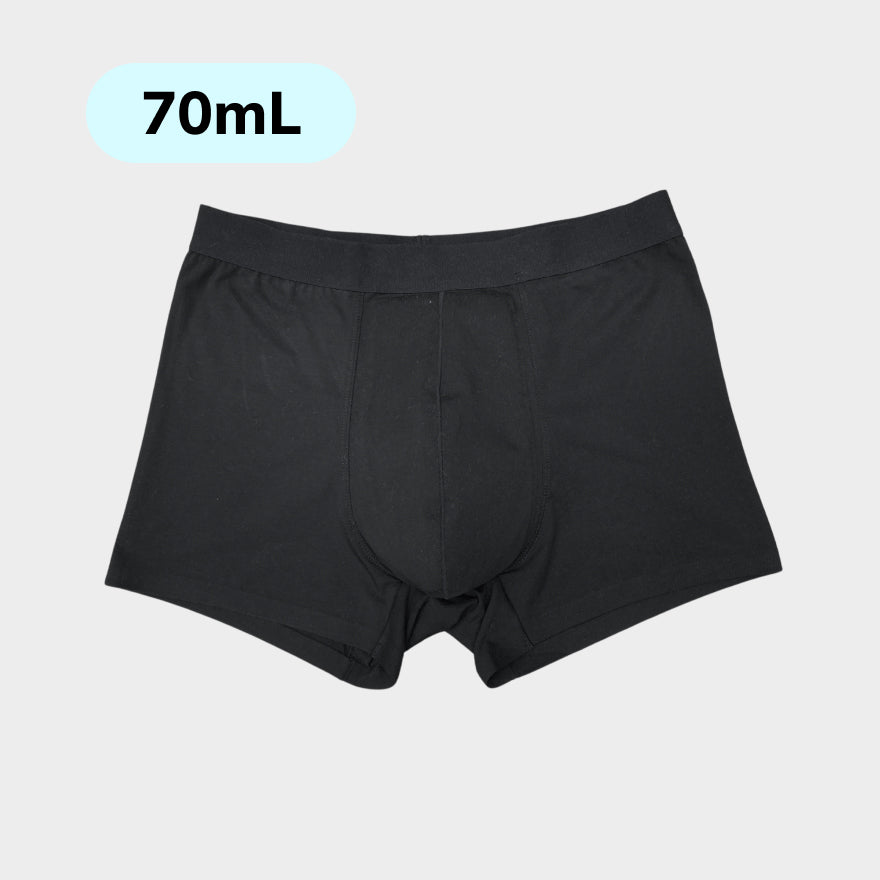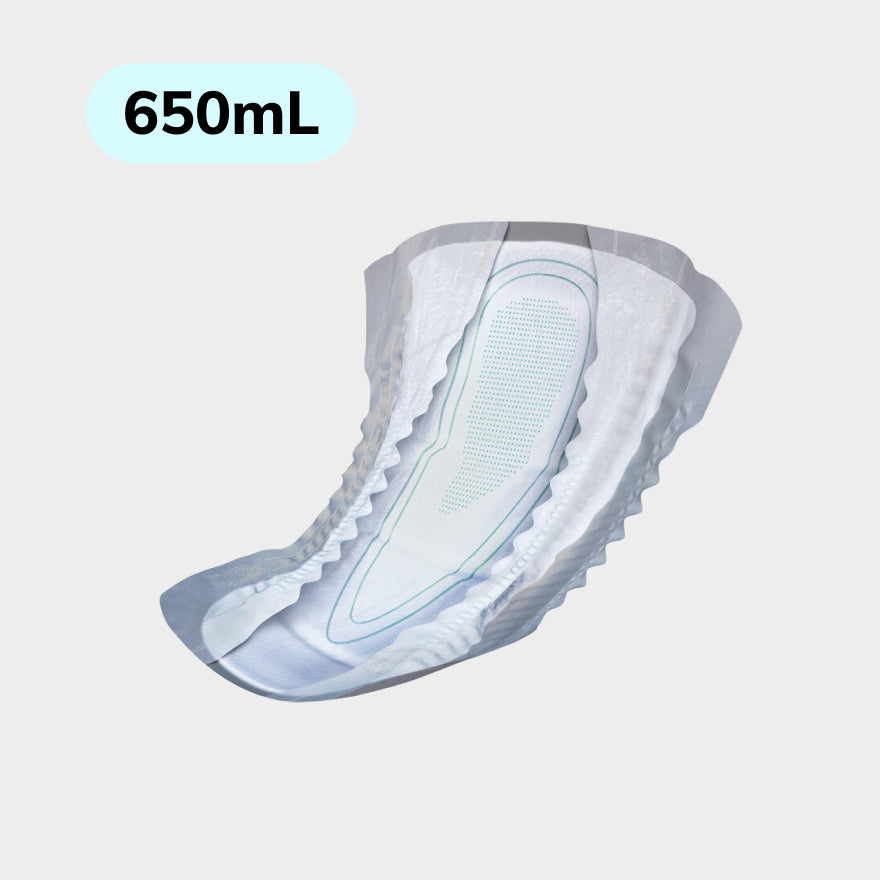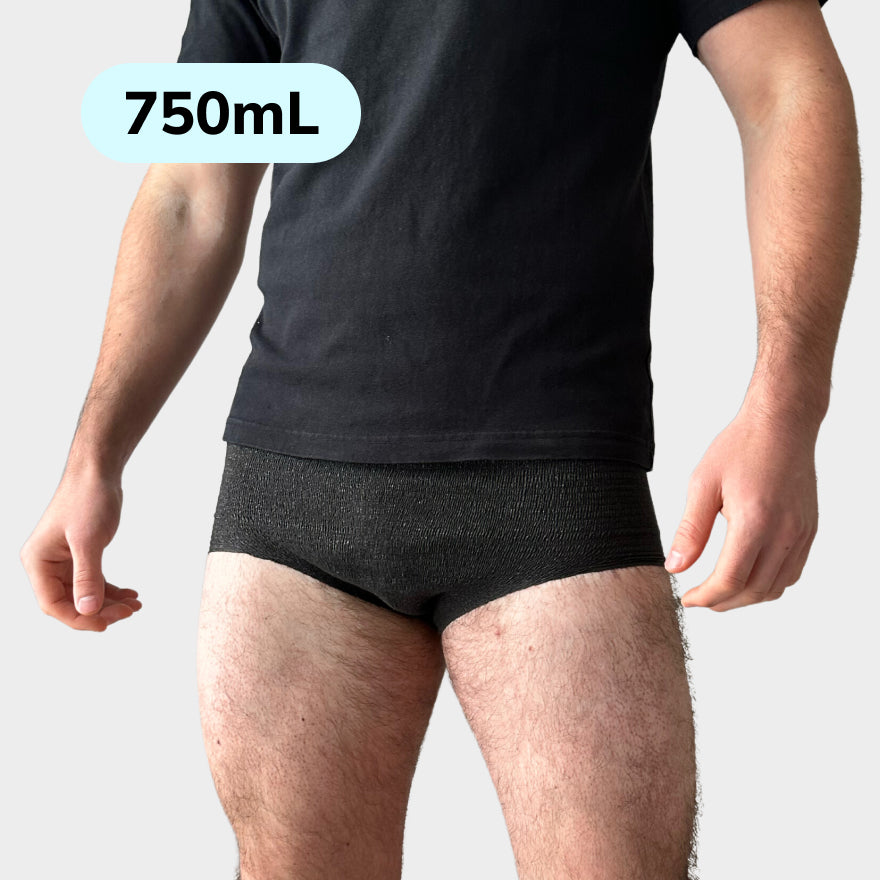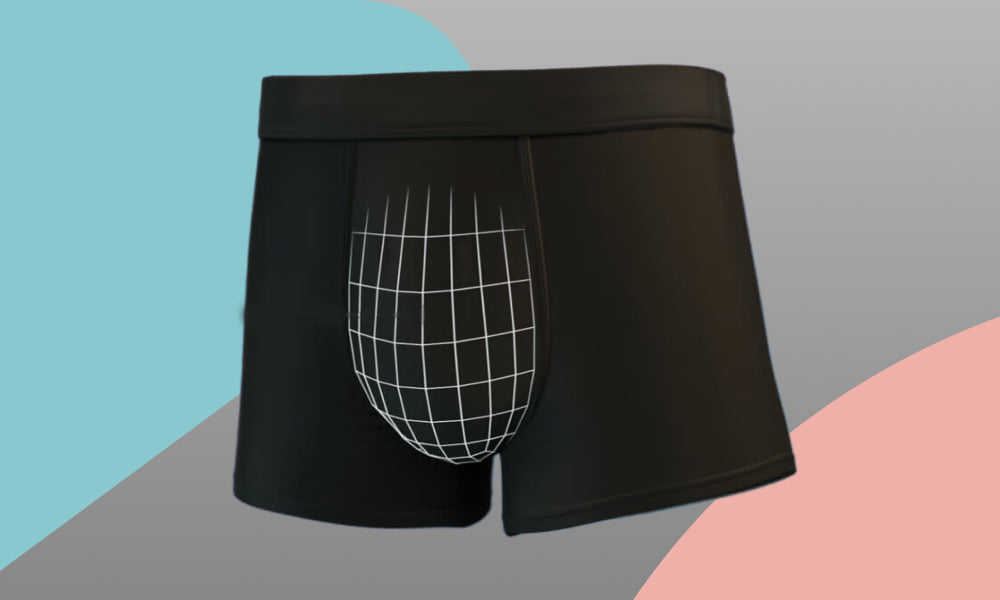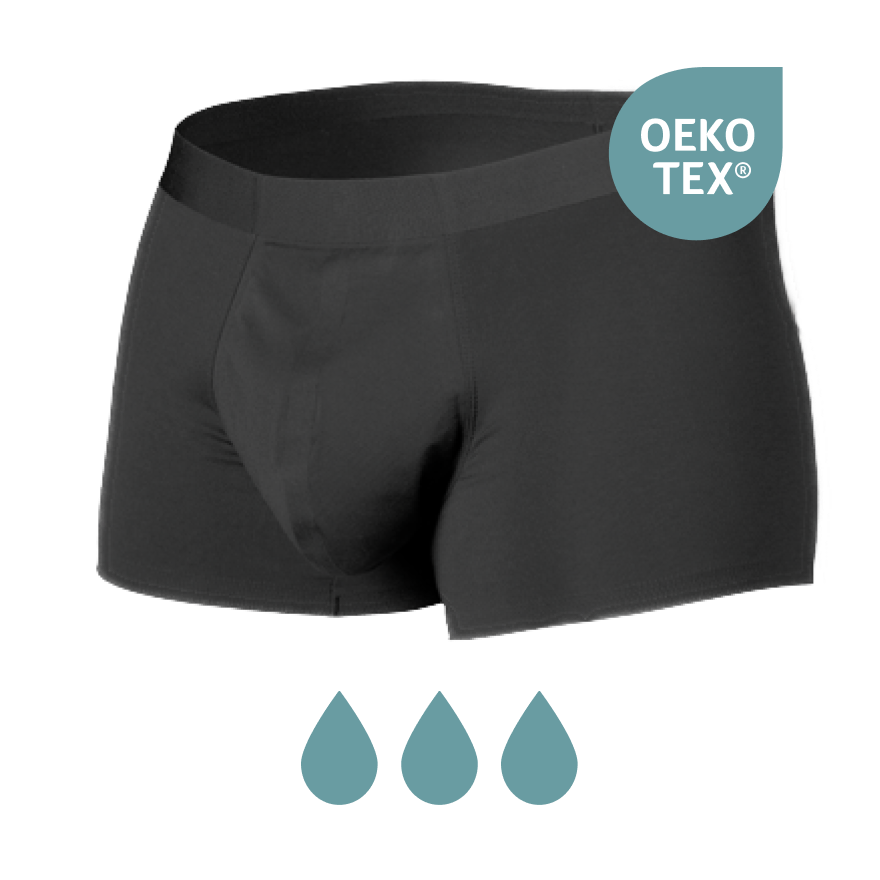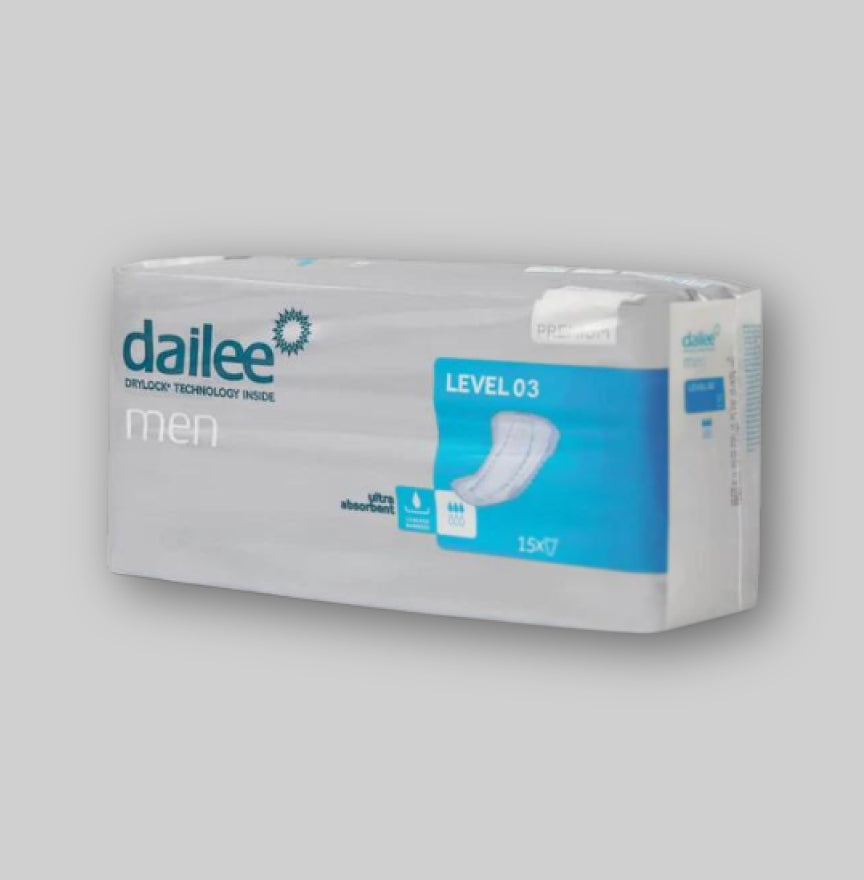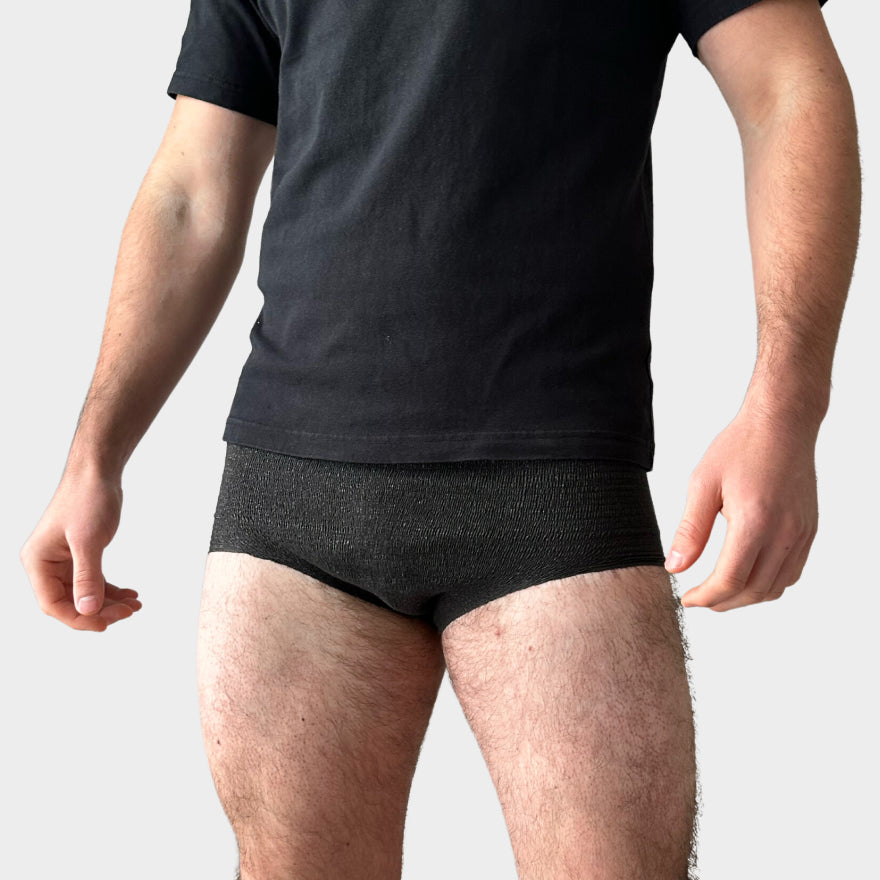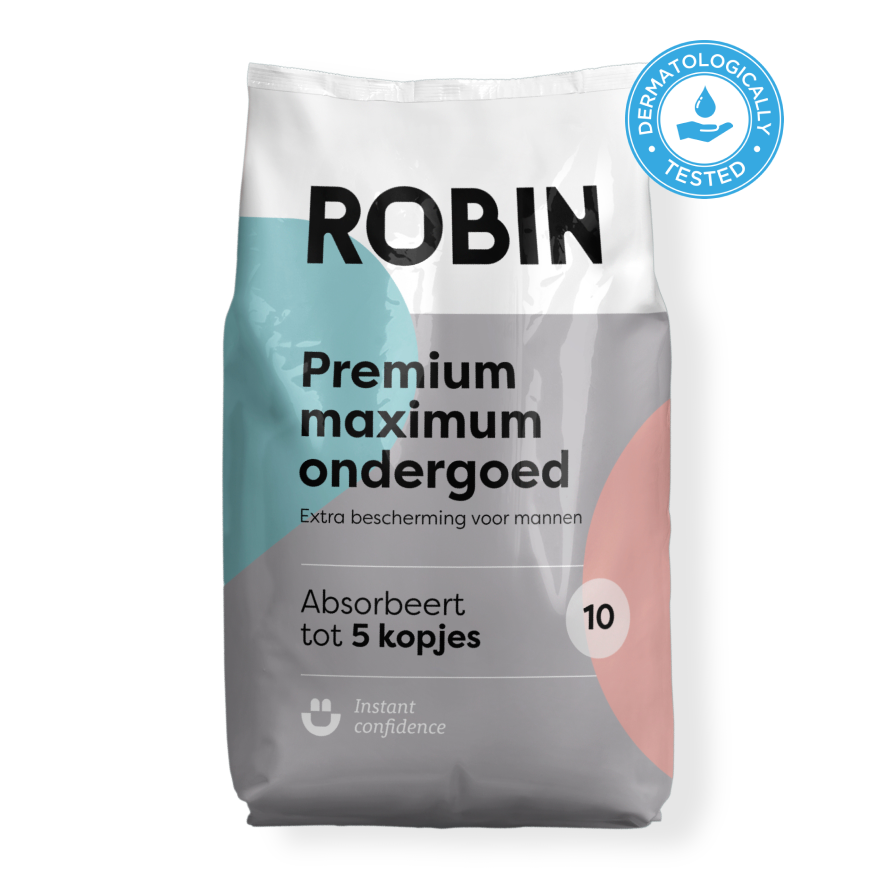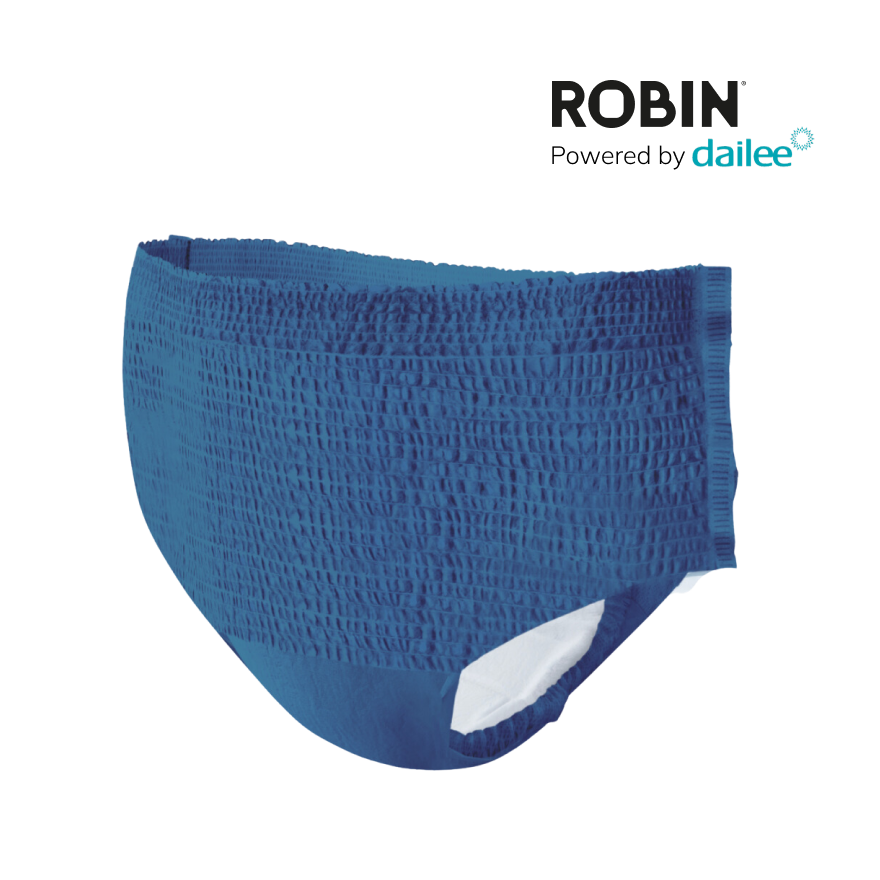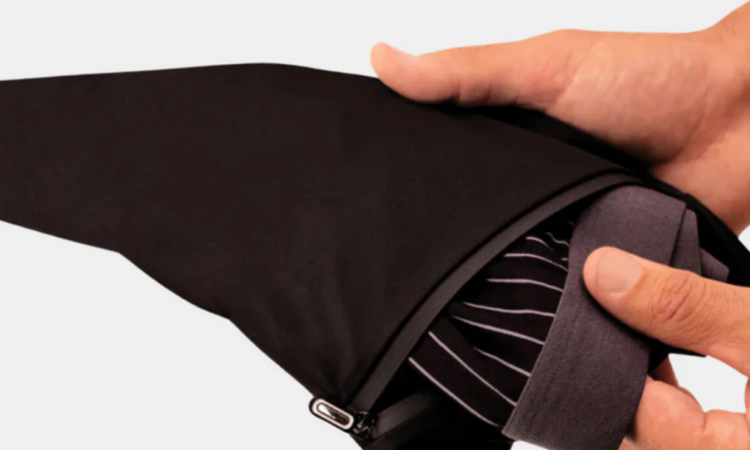People with incontinence can sometimes hesitate to travel for fear of accidents or inconveniences en route. But traveling with incontinence does not have to be difficult, provided that people prepare well. There are different ways to keep incontinence under control while traveling, such as wearing incontinence material And planning regular stops.

Good preparation is essential when traveling with incontinence. It is important to bring sufficient incontinence material, plus extra clothing and possibly a plastic bag to store dirty clothing. In addition, it can be useful to bring a travel pharmacy with medicines against diarrhea or constipation, and possibly a remedy for nausea.
It is also wise to in advance to inquire about the possibilities for people with incontinence at their destination. For example, one can inquire about the availability of public toilets and the presence of special facilities for people with incontinence in hotels and other accommodations. With good preparation and the right information, travel with incontinence can become a lot easier and less stressful.
Understanding of incontinence

Incontinence is the inability to stop urine or stools. It can lead to discomfort, shame and a loss of self -confidence. There are various causes and Typing of incontinence who can influence the treatment options.
Causes of incontinence
There are several causes of incontinence, under which:
- Weakened pelvic floor muscles
- Damage to the nerves that check the bladder and sphincter muscle
- Hidden or irritated bladder
- Excessive moisture intake or caffeine consumption
- Medication
Typing Incontinence
There are different types of incontinence, including:
- Stress incontinence: Urine loss occurs during physical activities such as coughing, sneezing or lifting.
- Incontinence: Urine loss occurs with a sudden, irresistible urge to pee.
- Mixed incontinence: a combination of stress and urge incontinence.
- Overflow incontinence: Urine loss occurs when the bladder is full and the pressure becomes too high.
- Functional incontinence: urine loss occurs as a result of a physical or cognitive impairment that makes the use of the toilet more difficult.
Understanding the causes and types of incontinence can help find the right treatment options. It is important to seek medical help if the symptoms of incontinence persist or worsen, to determine the cause and to get the best treatment.
Preparation for travel

Traveling can be a challenge for people with incontinence. However, it is possible to travel without having your vacation ruin. Below are some tips to help you prepare for your trip.
Medical check-up
Before you travel, it is important to have a medical check-up to ensure that your incontinence is under control. Discuss your travel plans with your doctor and ask for advice on how you can keep your incontinence under control during your trip.
Incontinence material
It is important to bring sufficient incontinence material for your trip. Make sure you bring enough material to manage your incontinence during your trip and extra material for unexpected situations. It is also advisable to keep your incontinence material in your hand luggage in the event of delays or loss of luggage during your trip.
Emergency plan
Having an emergency plan can help you to be prepared for unexpected situations during your trip. Make sure you have a list at hand with the names and contact details of your doctor, hospital and pharmacist in case you need medical help during your trip. It is also advisable to have a reserve supply of incontinence material at hand in case you need more than you had planned. Don't forget to also carry a ticket with your medical information with you, such as your name, address, telephone number, insurance information and medical history.
With these tips you can rely on a journey, knowing that you are prepared for managing your incontinence during your trip.
Travel by means of transport

Incontinence does not have to be an obstacle to traveling. With good preparation and the right incontinence materials Can one travel carefree. Below are some tips for traveling by car, plane and public transport.
Travel by car
Traveling by car can be a good option for people with incontinence. You can stop at any time to go to the toilet and there is enough space to bring incontinence materials. However, it is important to regularly take breaks to prevent people from being in the same position for too long.
Travel by plane
Traveling by plane can entail some more challenges for people with incontinence. It is important to inform the airline in advance which rules apply to taking incontinence materials on board. It is also advisable to reserve a place on the aisle, so that one can go to the toilet quickly and easily. In addition, it is important to bring sufficient incontinence materials for the duration of the flight.
Travel by public transport
Traveling by public transport can be a good option for people with incontinence, especially if one is in a city. However, it is important to inform in advance which facilities are available at the stations and in the vehicles. It can also be useful to buy a ticket for a chair at the aisle, so that you can go to the toilet quickly and easily. It is also important to bring enough incontinence materials for the duration of the trip.
Accommodation and facilities

Hotel choice
When choosing a hotel it is important to look at the Facilities for people with incontinence. Some hotels offer special facilities such as trash cans for throwing away material and bathrooms with enough space and privacy. It is also important to check whether the hotel has a continency material such as absorbent incontinence materials.
Public toilets
It can be difficult to find public toilets when one is on the road, especially if one wears incontinence material. That is why it is useful to determine in advance where public toilets are located. There are various apps available that can help with this, such as the Hogenood app. It is also useful to always have a stock of absorbent incontinence materials and damp wipes with them.
It is important to remember that traveling with incontinence is possible with a good preparation And planning. By opting for accommodations with suitable facilities and the in advance of public toilets, you can enjoy a carefree journey.
Activities and excursions
Day activities
People with incontinence can still enjoy day activities during their journey. It is important to be prepared and to ensure that there is enough time to visit the toilet regularly. It is also a good idea to know where the public toilets are before you set off.
A good way to plan day activities is to look for activities that are close to public toilets. Museums, parks and shopping centers often have public toilets available to visitors. It is also a good idea to look for activities that do not last too long, so there is enough time to visit the toilet when needed.
Long excursions
Long excursions can be a challenge for people with incontinence, but it is still possible to enjoy these activities with the right preparation. It is important to know where the toilets are located and to bring sufficient incontinence material for the duration of the excursion.
A good way to plan long excursions is to look for tours that regularly make toilet stops. It is also important to know where the toilets are at the destination before you go out. It is also a good idea to take extra incontinence material with you in case.
Another option is to look for excursions that are less physically demanding, such as boat trips or sightseeing tours by bus. These activities often have toilets on board and offer the opportunity to relax while enjoying the view.
In general it is important to remember that it is possible to travel and undertake activities, even with incontinence. With the right preparation and planning, people with incontinence can enjoy everything that travel has to offer.
Legal and insurance aspects
Travel insurance
When someone goes on a journey with incontinence, it is important to check whether the travel insurance offers coverage for medical costs abroad. Some travel insurance rules exclude medical costs as a result of an existing condition. It is therefore wise to contact the insurer prior to the trip and to inquire about the conditions and coverage.
In addition, it is important to carefully review the policy conditions of the travel insurance. There are often specific rules for submitting a claim to medical costs abroad. For example, it may be necessary to inform the insurer in advance about the medical treatment and to obtain permission.
Medical Emergency
In the event of a medical emergency during the trip, it is important to know what medical help is available and how it is reimbursed. Medical assistance is available in most countries, but the reimbursement of medical costs can vary. It is therefore advisable to contact the health insurer prior to the trip and to inquire about the coverage of medical costs abroad.
In addition, it is important to have the contact details of the health insurer at hand during the trip. In the event of a medical emergency, the health insurer can offer advice and support. It is also advisable to take a medical passport on a trip. This states the personal medical data, such as medication use and allergies. This can be useful in the event of a medical emergency.
Practical tips and tricks
Traveling can be a challenge for people with incontinence. But with good preparation and the right tips and tricks, it can be a lot easier and less stressful. Here are some practical tips and tricks for people with incontinence who travel.
1. Take enough incontinence material with you
Make sure you bring sufficient incontinence material for the entire trip. It is better to bring too much than too little. Remember that you may not be able to find the same brand or type of incontinence material everywhere if you are used to. It is also a good idea to get some extra incontinence material in you hand luggage to stop in case your luggage is lost.
2. Plan your trip well
Try to plan your journey in such a way that you are not on the road for too long without accessing a toilet. If you travel by plane, ask for a chair at the aisle, so that you can go to the toilet more easily. If you travel by car, regularly schedule stops at gas stations or road restaurants with toilets.
3. Keep an eye on your medication and diet
If you medication used For incontinence, make sure you sufficient stock have for the entire trip. If you follow a special diet to prevent or treat incontinence, make sure you correct food Or that you know where you can buy them at your destination.
4. Use protective skin care
It is important to keep the skin around the incontinence material clean and dry to skin problems to prevent. Use protective skin care products such as creams and lotions to protect the skin against irritation and rashes.
With these practical tips and tricks you can stress -free and comfortable to travel, even if you have incontinence. Don't forget to take enough incontinence material with you, to plan your journey well, to monitor your medication and diet and use protective skin care.
Experiences and support
Travel stories
Traveling with incontinence can be a challenge, but it is certainly not impossible. There are many people who have traveled successfully, despite their incontinence. It can be useful to read and learn their stories from their experiences.
An example of such a story is the story of Desirée and her partner, who worked for five years in northern Ghana and two years in southwestern Ghana. Desirée has incontinence and has learned how to deal with this during her travels. She has shared her experiences in an interview with Medireva. The story can be read on their website.
Support groups
There are various support groups and online forums where people with incontinence can support each other and share experiences. These groups can be a valuable source of information and support for people traveling with incontinence.
An example of such a support group is the Incontinence associationwho focuses on people with incontinence. The association offers information, advice and support to people with incontinence and their families. They also organize meetings and events to bring people with incontinence together.
Another support group is the Continence Café, an online forum where people with incontinence can support each other and share information. The forum was founded by people with incontinence and offers a safe and confidential environment where people can share their experiences.
